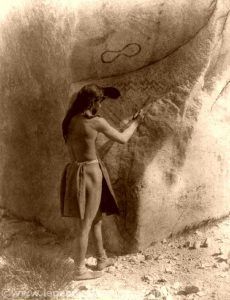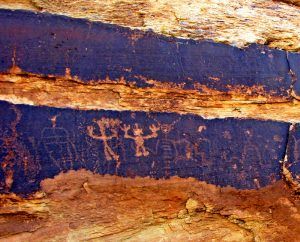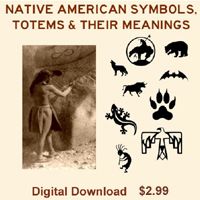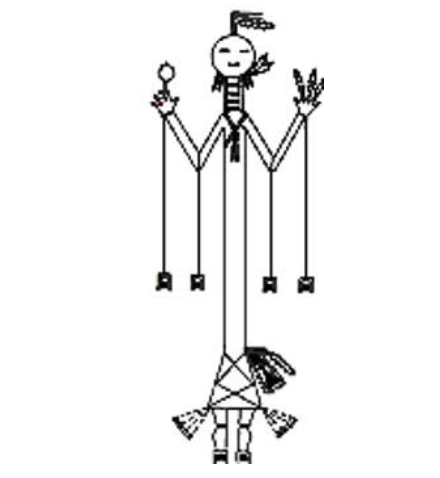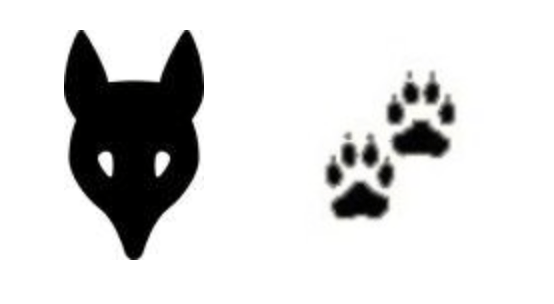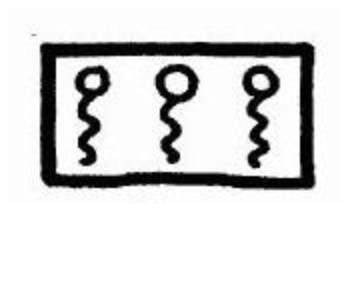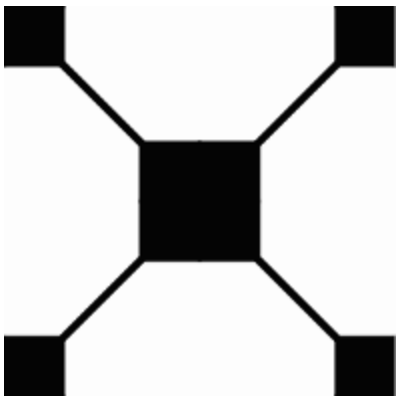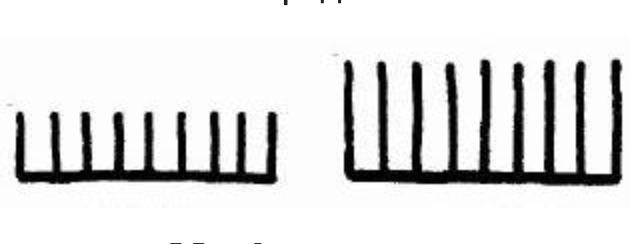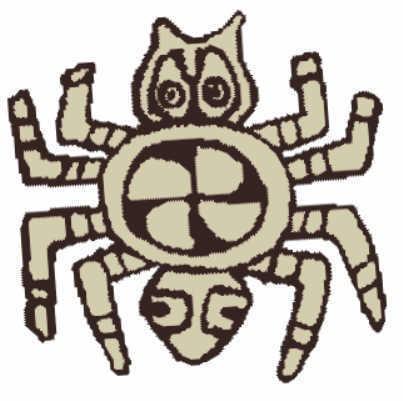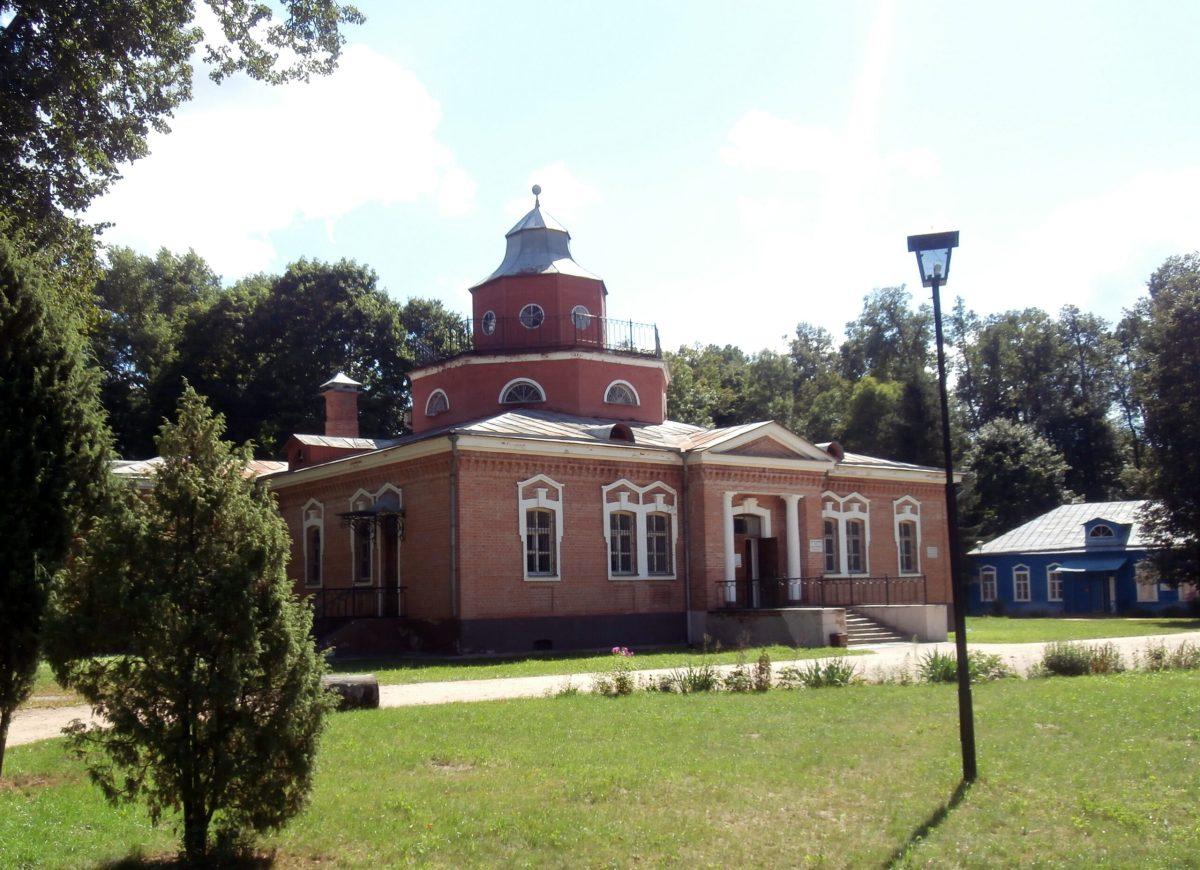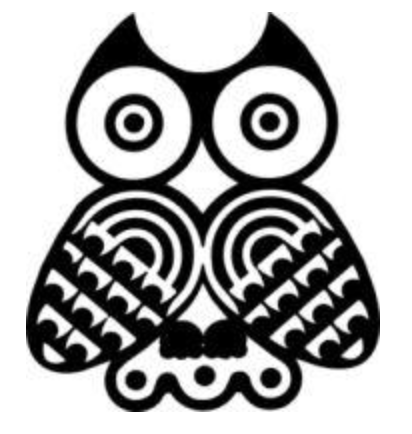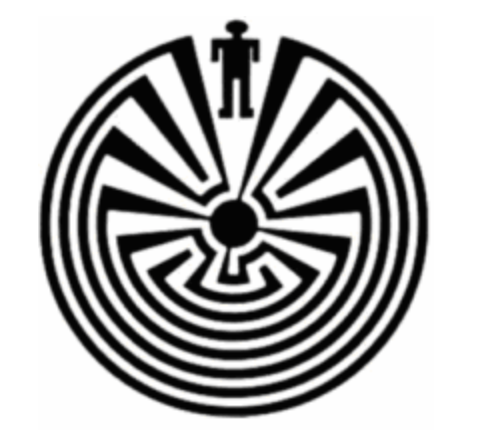For the land he drew a straight line,
For the sky, a bow is above her;
White space between the day
filled with asterisks for the night;
On the left is the sunrise point,
on the right is the sunset point,
at the top is the noon point,
as well as rain and cloudy weather
Wavy lines descending from her.
Of "Songs of Hiawatha" Henry Wadsworth Longfellow
When European explorers arrived in America, Native Americans did not communicate through written language as we know it. Instead, they told stories (oral stories) and created pictures and symbols. This type of communication is not unique to native americans since long before the advent of writing, people all over the world recorded events, ideas, plans, maps and feelings by drawing pictures and symbols on stones, skins and other surfaces.
Historical graphic symbols for a word or phrase were discovered prior to 3000 BC. These symbols, called pictograms, are created by painting on stone surfaces with natural pigments. These natural pigments included iron oxides found in hematite or limonite, white or yellow clays, as well as soft rocks, charcoal, and copper minerals. These natural pigments have been blended to create a palette of yellow, white, red, green, black and blue. Historic pictograms are usually found under protective ledges or in caves where they were sheltered from the elements.
Another similar form of communication, called petroglyphs, has been carved, carved, or worn into stone surfaces. This thread may have formed a visible dent in the rock, or it may have cut deep enough to expose unweathered material of a different color underneath.
Native American symbols were word-like and often had one or more definitions and / or contained different connotations. Varying from tribe to tribe, it is sometimes difficult to understand their meaning, while other symbols are very clear. Due to the fact that Indian tribes speak multiple languages, symbols or "drawing pictures" were often used to convey words and ideas. Symbols were also used to decorate houses, were painted on buffalo skins and recorded important events of the tribe.
These images are valuable testimonies of cultural expression and have deep spiritual significance to modern Native Americans and the descendants of the first Spanish settlers.
The arrival of the Spaniards to the southwest in 1540 had a dramatic effect on the way of life of the Pueblo people. In 1680, the Pueblo tribes revolted against Spanish rule and drove the settlers from the area back to El Paso. Texas ... In 1692 the Spaniards moved to the area Albuquerque , state of new mexico ... As a result of their return, there was a renewed influence of the Catholic religion, which discouraged participation Puebloans in many of their traditional ceremonies. As a consequence, many of these practices went underground and much of the Puebloan image declined.
There were many reasons for the creation of petroglyphs, most of which are not entirely clear to modern society. Petroglyphs are more than just "rock art", drawing pictures or imitating the natural world. They should not be confused with hieroglyphs, which are symbols used to represent words, and should not be thought of as ancient Indian graffiti. Petroglyphs are powerful cultural symbols that reflect the complex societies and religions of the surrounding tribes.
The context of each image is extremely important and is an integral part of its meaning. Today's indigenous people state that the placement of each petroglyph image was not a random or accidental decision. Some petroglyphs have meanings known only to those who created them. Others represent markers of a tribe, clan, kiwa, or society. Some of them are religious organizations, while others show who came to the area and where they went. Petroglyphs still have a modern meaning, while the meaning of others is no longer known, but they are respected for belonging to "those who were before."
There are thousands of pictograms and petroglyphs throughout the United States, with the greatest concentration in the American Southwest. More than anything else is the Petroglyph National Monument in New Mexico. Archaeologists estimate the site may have over 25000 petroglyphs on the 17-mile escarpment. A small percentage of petroglyphs found in the park date from the Puebloan period, possibly as early as 2000 BC. Other images date from historical periods starting in the 1700s, with petroglyphs carved by early Spanish settlers. It is estimated that 90% of the monument's petroglyphs were created by the ancestors of today's Pueblo people. The Puebloans had lived in the Rio Grande Valley even before AD 500, but population growth around AD 1300 resulted in many new settlements.
| Arrow |  | DEF |
| Arrow |  | Vigilance |
| After the badger | 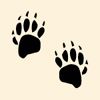 | Summer |
| Bear | 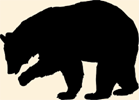 | Force |
| Bear paw |  | Good omen |
| Big mountain | 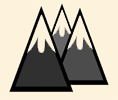 | Great abundance |
| Bird | 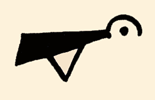 | Carefree, carefree |
| Broken arrow | 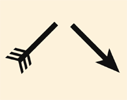 | World |
| Broken cross circle |  | Four seasons that revolve |
| Brothers | 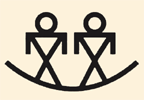 | Unity, equality, loyalty |
| Roga Buivola | 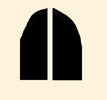 | Success |
| The roof is buffalo | 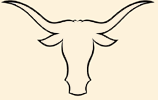 | Sacredness, reverence for life |
| Butterfly | 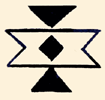 | Immortal life |
| Cactus | 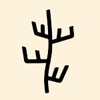 | Desert sign |
| Coyote and coyote footprints |  | Deceiver |
| Crossed arrows | 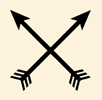 | friendship |
| Days-Nights | 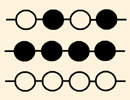 | Time is passing |
| After the deer | 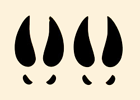 | Play in abundance |
| Drawn bow and arrow |  | Hunting |
| Dryer | 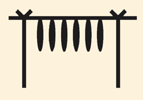 | A lot of meat |
| Eagle | 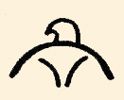 | Freedom |
| Eagle feather | 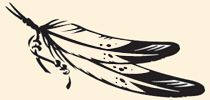 | This is the main |
| Investment | 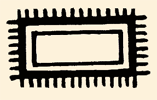 | Ceremonial dances |
| End of the trail |  | Peace, end of war |
| Evil eye |  | This symbol protects against the curse of the evil eye. |
| Face the arrows | 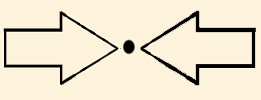 | Reflection of evil spirits |
| Four ages |  | Infancy, Youth, Middle, Old Age |
| Gecko |  | Desert sign |
| Poisontooth monster | 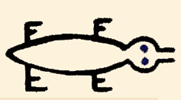 | Time to dream |
| The Great Spirit | 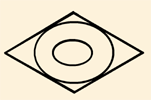 | The Great Spirit is the concept of a universal spiritual force or supreme being that prevails among most Native American tribes. |
| Head dress | 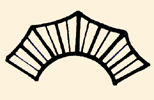 | Ceremonial |
| Hogan | 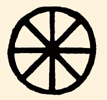 | Permanent home |
| Horse | 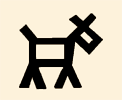 | Journey |
| Kokopelli |  | Flutist, Fertility |
| Lighting |  | Power, Speed |
| Bolt of lightning | 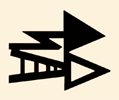 | Swiftness |
| Man |  | Life |
| Witch doctor's eye |  | Wisdom |
| Morning stars | 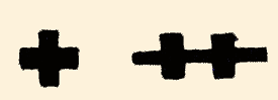 | Мanagement |
| Mountain range |  | Destination |
| Track |  | Crossed |
| Peace pipe | 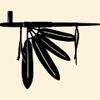 | Ceremonial, sacred |
| Rain | 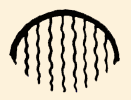 | Bountiful harvest |
| Rain clouds | 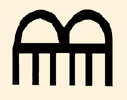 | Good perspective |
| Rattlesnake jaws | 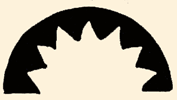 | Force |
| Saddle bag | 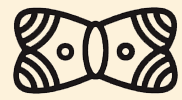 | Journey |
| skyband |  | Leading to happiness |
| Snake |  | Disobedience |
| Pumpkin flower | 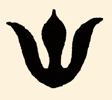 | Fertility |
| the sun |  | Happiness |
| Sunny flower |  | Fertility |
| Sun god mask |  | The Sun God is a powerful spirit among many Indian tribes. |
| Sun rays | 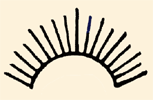 | Constant |
| Swastika |  | Four corners of the world, prosperity |
| Teepee |  | Temporary home |
| Thunderbird | 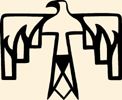 | Unlimited Happiness, Raincaller |
| Thunderbird track |  | Bright avenue |
| Water works | 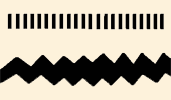 | Permanent life |
| Wolf's paw |  | Freedom, success |
| Zuni Bear |  | Good health |
